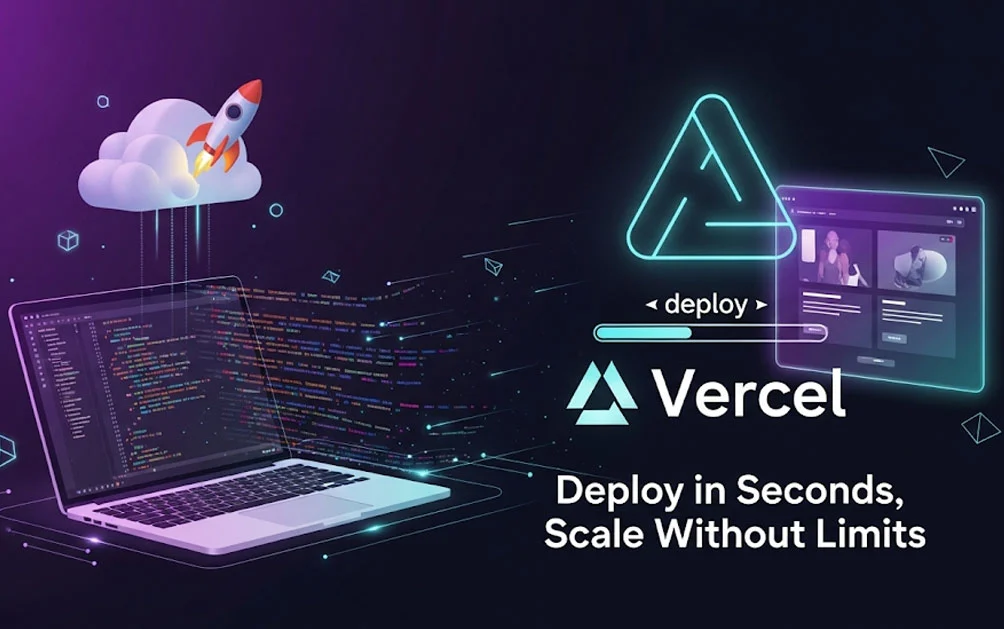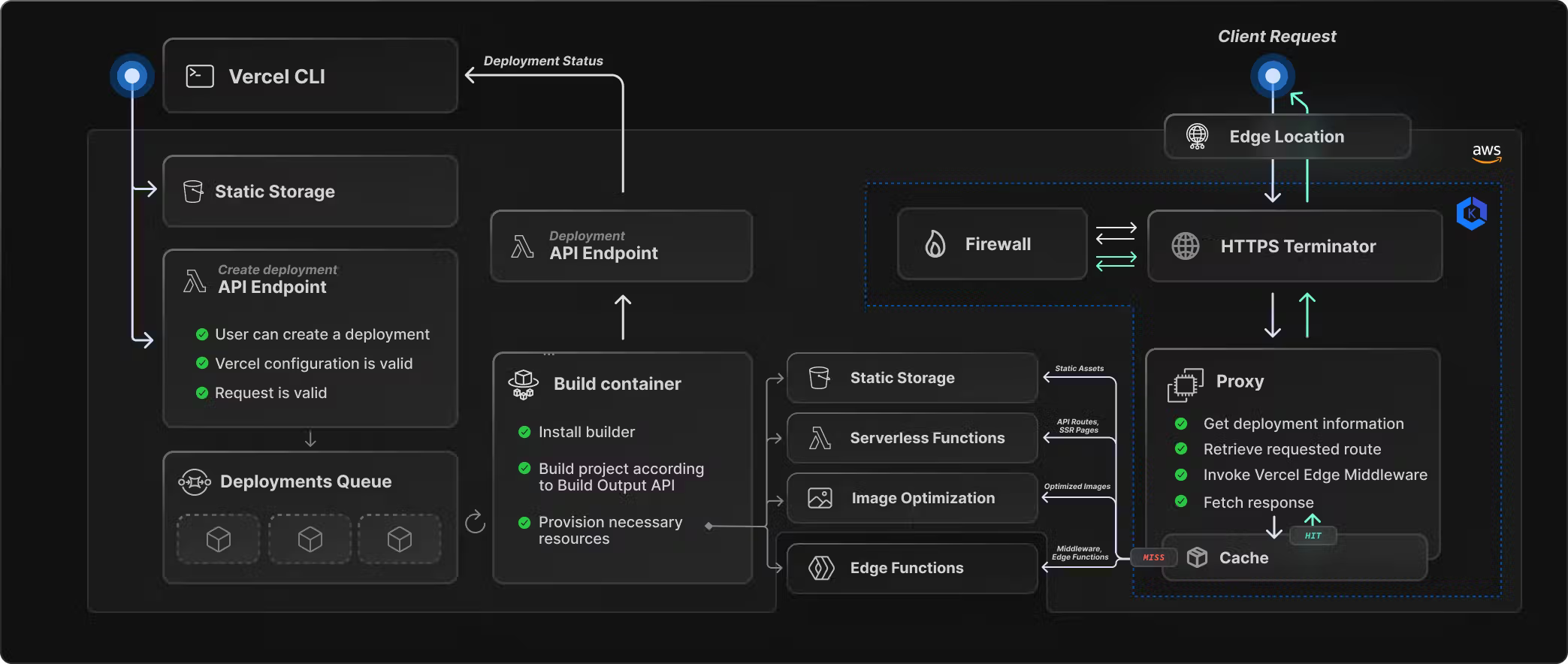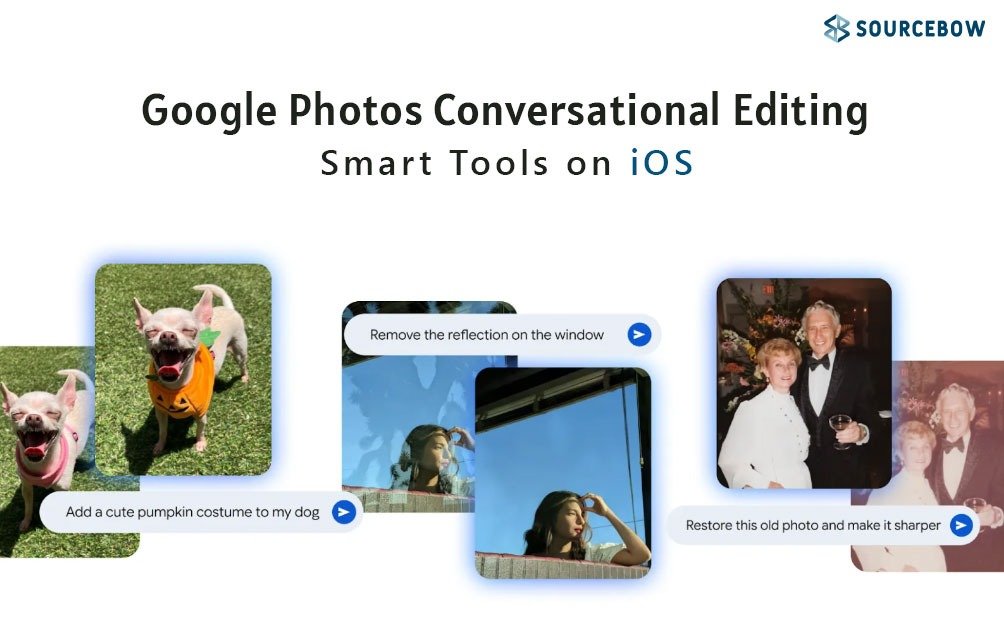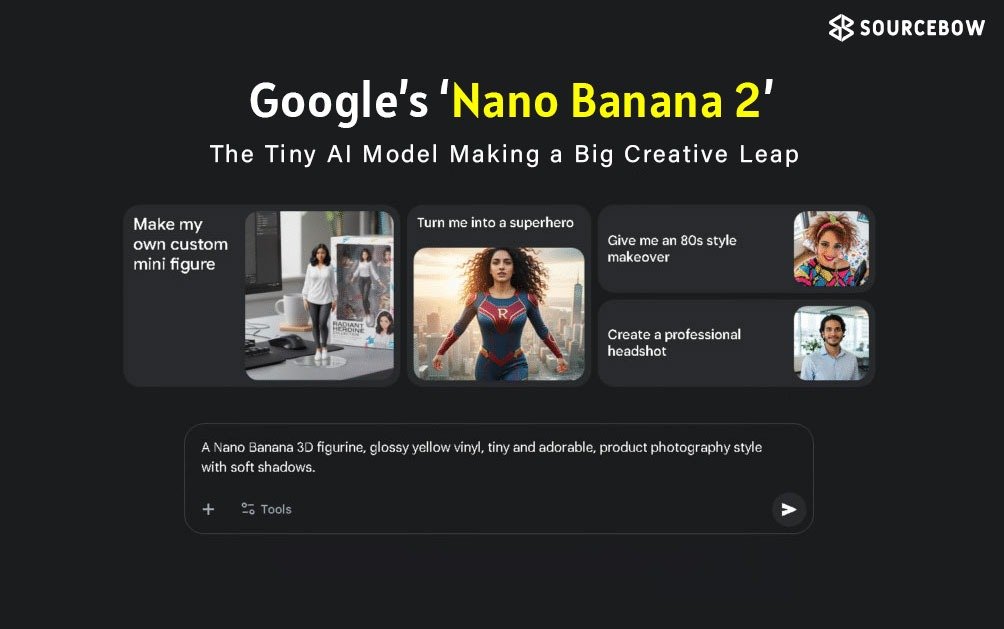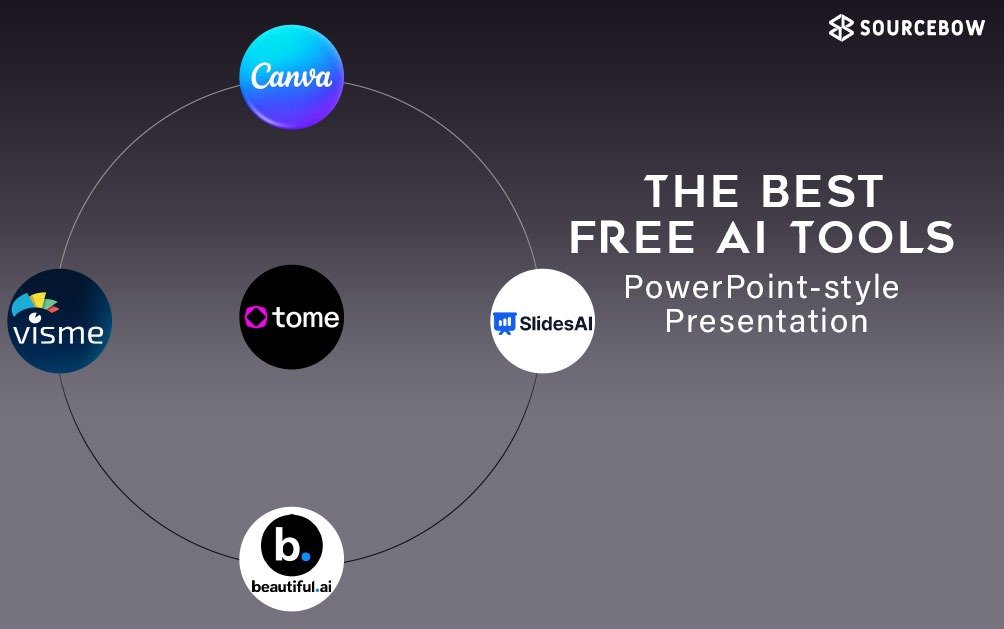Hosting Your Frontend App on Vercel Without the Headache
If you’ve ever built a frontend project, you already know the story. You spend hours (or maybe days) tweaking the design, making sure every button works, testing forms, fixing CSS bugs that appear out of nowhere. Finally, it runs perfectly on your laptop. That’s a great feeling. But then reality hits—how do you actually show it to somebody else?
Sure, you could zip up the code and send it to a friend. But let’s be honest, what’s the chance they’ll go through the trouble of installing Node, running npm install, then starting the dev server? Most people will give up halfway. That’s why deployment matters. It is like moving your project from a private garage to a proper showroom where anyone can walk in and see it.
Why Deployment Matters for Frontend Apps
When your project lives only on your laptop. It is invisible to the world. You might love how it works, but if no one else can access it, it’s basically useless outside your own machine. And if you’re building apps for practice, portfolios, or even clients, showing it live is just as important as writing good code.
Think of it this way: a GitHub repo shows your code, but a live demo shows your skills. That one link you send can make a stronger impression than pages of source code.
Enter Vercel for Hosting
Now, there are many hosting options—Netlify, Firebase Hosting, GitHub Pages, AWS, and more. But if you’re working mostly on frontend apps, Vercel makes life a lot easier. It’s designed for frameworks like Next.js, React, Vue, and even plain HTML-CSS projects.
The best part? It’s free to start, and you don’t even need to buy a domain right away. Vercel gives you a shareable link as soon as you deploy. Perfect for quick demos or sending to friends.
Preparing Your App for Vercel Deployment
Let us use a small project as an example. Imagine you have built something like a PasteApp basically an online notes app. You can add notes, edit them, delete them, maybe even copy and share them. Locally, it runs fine with the usual npm install followed by npm run dev. Great. But if you want feedback, you need it live.
First step? Push the code to GitHub. Create a repo, commit your changes, and push everything there. Once your project sits on GitHub, you’re ready for Vercel.
Deploying with Vercel
Here’s where things get fun. You log in to Vercel using your GitHub account. Click “New Project,” pick your repo, and Vercel will pretty much handle the setup for you. It detects your framework, adds the right build command, and even figures out the output folder.
One click later, the build starts. In less than a minute, you get a live link. That’s it. Open the link in your browser, and you’re looking at your app running on the internet. No server setup, no complicated config, nothing.
And now, instead of explaining to a friend how to clone your repo and run npm install, you can just say, “Hey, check this link.” Much easier.
Adding a Custom Domain on Vercel
Of course, at some point you might want your project to look professional. That’s where custom domains come in. Suppose you’ve bought something like mycoolapp.com. Inside Vercel, you just add this domain under project settings.
Vercel will ask you to update your DNS records. Don’t panic—it sounds more technical than it is. Usually, it’s just copying an A record and a CNAME record from Vercel into your domain provider’s dashboard. Once that’s done, you wait a little (sometimes minutes, sometimes a few hours), and boom—your project runs on your very own domain. SSL certificate included, so you even get that little lock symbol in the browser bar.
Why Vercel Stands Out
There is something about Vercel’s simplicity that makes it click for beginners and pros alike. For one, you do not have to worry about servers or infrastructure. Second, it automatically creates new deployments every time you push updates to GitHub. That means your live site is always in sync with your code.
If you are using Next.js, the integration goes even deeper things like server-side rendering and API routes just work. But even with plain React or vanilla projects, it’s still one of the easiest ways to go live.
Wrapping It All Up
At the end of the day, projects are meant to be shared. They’re not trophies to stay hidden on your laptop. Whether you’re building apps for fun, practice or your portfolio, getting them live is half the journey.
Vercel makes that step smooth. From a free link for quick sharing to a custom domain for a polished look, the process feels less like “deployment” and more like flipping a switch.
So the next time you finish a frontend project, don’t just stop at npm run dev. Push it, deploy it and let the world see what you built. Because who knows the right person might click that link and open the door to your next big opportunity.

